About the Pine Tree
The mighty pine tree is one of the most common trees on earth — making up close to 1% of the plant population of earth. They can be found thriving in both the coldest, and hottest environments on the planet.
All parts of the pine tree are used medicinally, and the wood is an importance source of lumbar for construction.
The leaves (needles) are an excellent source of vitamin A and C, the resin is a powerful antibacterial and carminative agent, the bark and pine nuts are highly nutritive, and the pollen is used as an analgesic, male tonic, and longevity-enhancement agent.
The pine tree is, and always has been an invaluable ally to humans.
Featured Pine Pollen Products
Pine Pollen Powder
Pine Pollen Tincture
Pine Pollen Capsules
What Are Pine Trees Used For?
There are so many uses for the pine tree, it’s hard to list them all. The bark, needles, seeds, and pollen are incredibly nutritious, and the resin contains powerful antimicrobial and vulnerary compounds.
Humans have been using the pine tree as food and medicine for thousands of years in almost every Northern culture on earth. Many of the traditional medical uses for pine trees still stand today — but have become less popular over other more exotic herbs.
A common theme with herbal medicine is that it’s usually the least interesting, most common plant species that have the most to offer. Yet we’re always looking for that new exotic herb or supplement to use instead.
The most popular use of the pine tree today is in the form of topical salves made from the resin and male tonic supplements made from the pine pollen. Pine nuts are also a common source of nutrition you can pick up at any grocery store.
The needles and bark are also exceptionally nutritious and can be made into a tea or decoction (respectively) to support general health, as well as treating debility, fatigue, and nutritional deficiencies.
+ Pine Needle Uses
Pine needles make for an excellent tea. They're rich in vitamin A, Vitamin C, and a host of medicinal essential oils.
Pine needle tea is great for supporting the immune system, releasing phlegm from the lungs, easing a sore throat, curbing gas and bloating, or warming up on a cold winter hike.
An infusion of the needles can also be applied topically to the skin as an antimicrobial and vulnerary.
Fresh needles collected in the spring can be eaten raw and add a pleasant "piney" or "rosemary" flavor to the dish. You can also infuse these fresh pine sprigs with honey or butter.
A tincture can be made from the needles using a high alcohol menstrum (at least 95%). Use, sparingly.
+ Pine Resin Uses
Pine resin seeps out of cuts and scratches of the tree — it's used to seal the wounds and prevent infection. As a result, it's no surprise this pine resin has exceptional antimicrobial properties. It's insecticidal, anti-fungal, and antibacterial.
The resin makes for an excellent addition to topical salves designed to speed wound healing.
You can also make or buy tinctures of pine resin using a high-proof alcohol as the solvent. These are useful for releasing phlegm from the lungs and eliminating gas and bloating from the digestive tract. However, use it sparingly as the resin can be irritating to the GI tract in high amounts.
+ Pine Pollen Uses
Pine pollen has a long history of use in Asia for promoting strength and male virulity. High-proof extracts of the pollen are used by older men to maintain testosterone levels. There's a lot of promise for this effect in the scientific literature (more on this later) — but it's important to note that pine pollen is not an anabolic steroid and can't be used to boost testosterone in younger men. It only appears to work if testosterone levels are low to begin with.
Outside male virility, pine pollen is an excellent nutritional supplement for men and women alike. It's rich in the amino acids, minerals, and vitamins required for optimal health.
+ Pine Bark Uses
Pine bark is rich in vitamin C and A and a few unique medicinal components. The bark can be decocted to make a strong bitter tea with a host of medicinal benefits. Some herbalists use the bark for heart disease, varicose veins, clotting disorders, and cancer.
+ Pine Nut Uses
Pine nuts, like the rest of the pine tree, are very nutritious. They're rich in vitamins B1, B2, B6, E, C, D2, D3, and A.
Pine nuts are also rich in nicotinamide, folic acid, B-carotin, potassium, sodium, calcium, magnesium, phosphorus, iron, manganese, copper, zinc, and selenium — to name a few.
Traditional Uses of Pine Trees
Anybody living in proximity to these common forest plants (especially in Northern climates) have developed a set of uses for the herb — many of which are the same all over the world.
The pine tree has been used for coughs, allergies, urinary tract infections, sinus infections, skin infections, debility, joint pain, inflammatory diseases, immune deficiencies, scurvy, and much more.
Native American tribes used the pine tree as an important source of nutrition during the winter months — consuming the nuts, bark, and needles of the pine tree.
Early explorers to reach North America from Europe eventually started using pine needle tea to ward off scurvy.
There are countless uses for this impressive tree as well when you consider its nutritive benefits. Almost any medical condition can stand to benefit from optimal nutrition, which explains why the tree has been used in traditional medicines for almost any cause of debility.
The resin was also considered a valuable ingredient in topical salves for skin conditions, infections, and insect bites.
The boughs of the pine tree were used as an insect-repellant bedding to eliminate common pests like bedbugs or fleas.
Herb Details: Pine Trees
Herbal Actions:
- Analgesic
- Anti-Inflammatory
- Anticholesterolaemic
- Astringent
- Carminative
- Male Tonic
- Nutritive
- Respiratory Tonic
Relevant Species:
- Pinus edulis
- Pinus ponderosa
- Pinus aristata
- Pinus strobus
- Pinus contorta
- Pinus strobus
- Pinus sylvestris
Dosages
- Pine Pollen — 1.5 grams two-three times per day
- View Dosage Chart
Part Used
Needles, inner-bark, pollen, seeds, resin
Family Name
Pinaceae
Distribution
Temperate forests around the world
Constituents of Interest
- a-terpenol
- Linalool
- Caryophyllene
- Eugenol
Common Names
- Pine
- Scot's Pine
- Scotch Pine
- Logepole Pine
- Jack Pine
CYP450
- Unknown
Pregnancy
- Topical applications of pine resin, as well as pine needle tea is safe to use during pregnancy — however, avoid pine pollen or pine resin tinctures while pregnant.
Duration of Use
- Long-term use of all parts of this plant is acceptable
Botanical Information
The Pinus genus consist of roughly 144 different species of coniferous trees. It’s one of the oldest plants on earth — dating back at least 200 million years.
Pine trees are incredibly common, they’re found on every continent, and dominate forests in the Norther hemisphere. One report suggests the humble pine tree makes up about 1% of the entire plant population of earth.
No matter where you go in the northern Hemisphere, you’re likely to find pine trees a permanent member of the landscape. However, if you look more closely, different regions are home to a specific species of pine tree.
Harvesting & Preparation
All parts of the pine tree can be used medicinally. The leaves make a nutritious tea, the bark can be decocted into a strong tea, the resin can be made into antimicrobial salves, and the pollen can be supplemented as a male tonic.
Different parts of the tree should be harvested in different seasons:
Pine Pollen — the pine tree only releases its pollen in the early spring or summer. Each tree releases an ton of it. Collect it by placing bags over the catkins and giving it a shake.
Pine Needles — these can be harvested anytime, but spring is the best in order to get the young growth. Newer growth has a much better taste and higher terpene concentrations.
Pine pitch (resin) — This part can be harvested all year. I like to harvest it in the winter when it’s extra hard as I find this easier to collect in chunks rather than making a sticky mess of evertthing when the resin is still gooey.
Pine Bark — You can collect this part of the tree anytime of the year. I find it best in the spring, summer.
Pharmacology & Medical Research
+ Antinociceptive (Pain-Reduction)
In animal studies, an ethanol extract of pine pollen (100 and 200 mg/kg orally) produced significant inhibition of both pain transmission and inflammation compared to the control group [1]. (Species tested (Pinus densiflora).
+ Anticholesterolaemic
The needles of pine trees (Pinus morrisonicola) has been shown to inhibit copper-induced low-denisty lipoproteins (LDL) oxidation [2]. The study involved four different solvent extracts, but the ethyl acetate extract showed the greatest antioxidant activity overall.
+ Anti-Inflammatory
Several studies have shown different parts of the pine tree to have anti-inflammatory effects on various inflammatory enzymes and messenger molecules.
The needles were shown to possess COX-2 inhibitory activities in animal models [2].
+ Longevity
One of the longest-running applications of the pine pollen — dating back thousands of years in China — was for promoting long-life. This was especially true in men, where the pollen was used to delay the effects of aging, and sustain male virility long into old age. In traditional Chinese medicine, pine pollen is considered a jing tonic. Jing is a term used to describe “life essence” — it’s essentially our virility. When jing runs out, we die. Chinese medicine considers pine pollen a tonic for the lungs, kidneys, heart, spleen, and liver — all five major organs in the Chinese medical system.
The modern term for this effect is an adaptogen — something that improves our ability to resist both internal and external stresses and maintain homeostasis (balance).
In order to offer such broad benefits to the body, pine pollen must act on a central regulatory system. Some herbs, such as ginseng do this by acting on the hypothalamus — which is the region in the brain that manages homeostasis within the body. Other herbs, like cannabis achieve this by boosting the effects of a regulatory system called the endocannabinoid system.
A study published in 2012 looked at the potential anti-aging effects of pine pollen [3]. The study injected mice with D-galactose — which is a compound used to induce premature aging by increasing the formation of advanced glycation end-products (AGEs). Pine pollen extract was found to hinder the production of AGE at doses between 500 and 1500 mg/kg. This effect was noted to be comparable in effects to 100mg/kg aminoguanidine — a well-known longevity-enhancement medication through AGE pathways.
+ Testosterone
There was a study published in 2013 that showed black pine tree pollen (Pinus nigra) contained epi-testosterone, as well as a handful of other androgenic compounds (5α-androstane-3α,17β-diol, 5β-androstane-3α,17β-diol and etiocholanolone) [1]. The problem is that the testosterone levels contained in pine pollen were so insignificant it was unrealistic to expect any change in testosterone levels for those taking the supplement. It’s estimated that 10 grams of pine pollen contains about 0.8 micrograms of testosterone [4].
To put this in perspective, the usual dose of injectable testosterone is over 100 mg. This is an injectable form of testosterone too — which has 100% absorption rate. Oral ingestion of testosterone has significantly less absorption — closer to 3 –7%.
While you can’t use pine pollen as a natural source of testosterone, it does offer improvements to testosterone levels in older men through alternate mechanisms.
The improvement in male health and libido after using pine pollen is most likely a combination of its potent nutritional profile and anti-inflammatory benefits. Pine pollen is particularly rich in amino acids like nicotinic acid and pantothenic acid — both of which have been shown to play a major role in the function of the testes where testosterone is produced.
The benefits of pine pollen on testosterone levels are most notable in older men experiencing the natural drop-off of testosterone levels. There’s no evidence to suggest pine pollen can boost testosterone levels in healthy, younger men.
Phytochemistry
The entire pine tree is a rich source of nutrition. The bark, leaves, and pollen are all high in vitamins and minerals, while the resin is particularly rich in terpenes and other volatile compounds.
+ Pine Pollen Constituents:
Amino acids, riboflavin, nicotinic acid, pantothenic acid, pyridoxine, biotin, inositol, folic acid, vitamin D2, vitamin D3. Some species (Scot’s pine — Pinus sylvestrus) has been found to contain testosterone, epitestosterone, and androstenedione — however, the concentrations are too low to reasonably offer any direct benefits through supplementation. The male tonic effects of pine pollen are primarily the result of other compounds, rather than from the androgens themselves.
+ Pine Resin Constituents
Abietic acid, dehydroabietic acid, elliotic acid, isopimaric acid, levopimaric acid, palustric acid, pimaric acid, sandaracopimaric acid, strobinic acid, volatile oils.
+ Pine Needle Constituents
Leucocyanidin, neoabietinic acid, pinosylvin monomethyl ester, strobic acid, antioxidants, volatile oils including α-terpineol (30.2%), linalool (24.47%), limonene (17.01%), anethole (14.57%), caryophyllene (3.14%), and eugenol (2.14%).
+ Pine Bark Constituents
Abietic acid, cis-abienol, leucocyanidin, neoabietinic acid, pinosylvin, monomethyl ester, strobic acid, volatile oils.
Cautions & Safety Information:
All pine species are considered safe. There is one species of tree that resembles the pine tree — the yew tree — which is toxic. The yew tree can be differentiated by the smaller, flat needles and little red berries.
The pollen of the pine tree is a common cause for allergy — take with caution when using pine pollen for the first time to ensure there are no allergic reactions.
Be careful when using tinctures of the pine resin to avoid causing gastrointestinal irritation. Start with a very low dose before increasing gradually once you get a feel for how it affects you directly.
Recent Blog Posts:
Popular Herbal Monographs
References:
[1] — Choi, E. M. (2007). Antinociceptive and antiinflammatory activities of pine (Pinus densiflora) pollen extract. Phytotherapy Research, 21(5), 471-475.
[2] — Yen, G. C., Duh, P. D., Huang, D. W., Hsu, C. L., & Fu, T. Y. C. (2008). Protective effect of pine (Pinus morrisonicola Hay.) needle on LDL oxidation and its anti-inflammatory action by modulation of iNOS and COX-2 expression in LPS-stimulated RAW 264.7 macrophages. Food and chemical toxicology, 46(1), 175-185.
[3] — Mao, G. X., Zheng, L. D., Cao, Y. B., Chen, Z. M., Lv, Y. D., Wang, Y. Z., ... & Yan, J (2012). Antiaging effect of pine pollen in human diploid fibroblasts and in a mouse model induced by D-galactose. Oxidative medicine and cellular longevity, 2012.
[4] — Chamawan, P., Thisayakorn, K., & Phornchirasilp, S. (2017). Effects of Pine Pollen Extract in Relieving Hot Flushes in Sex Hormone-Deficienct Rats. Thai Journal of Pharmacology, 39(1), 19-37.


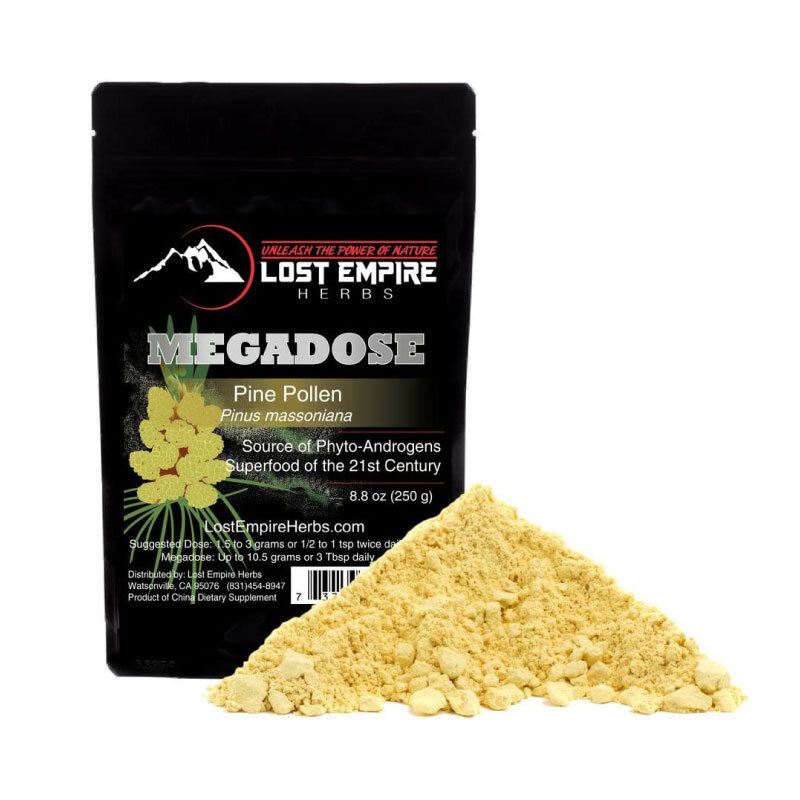



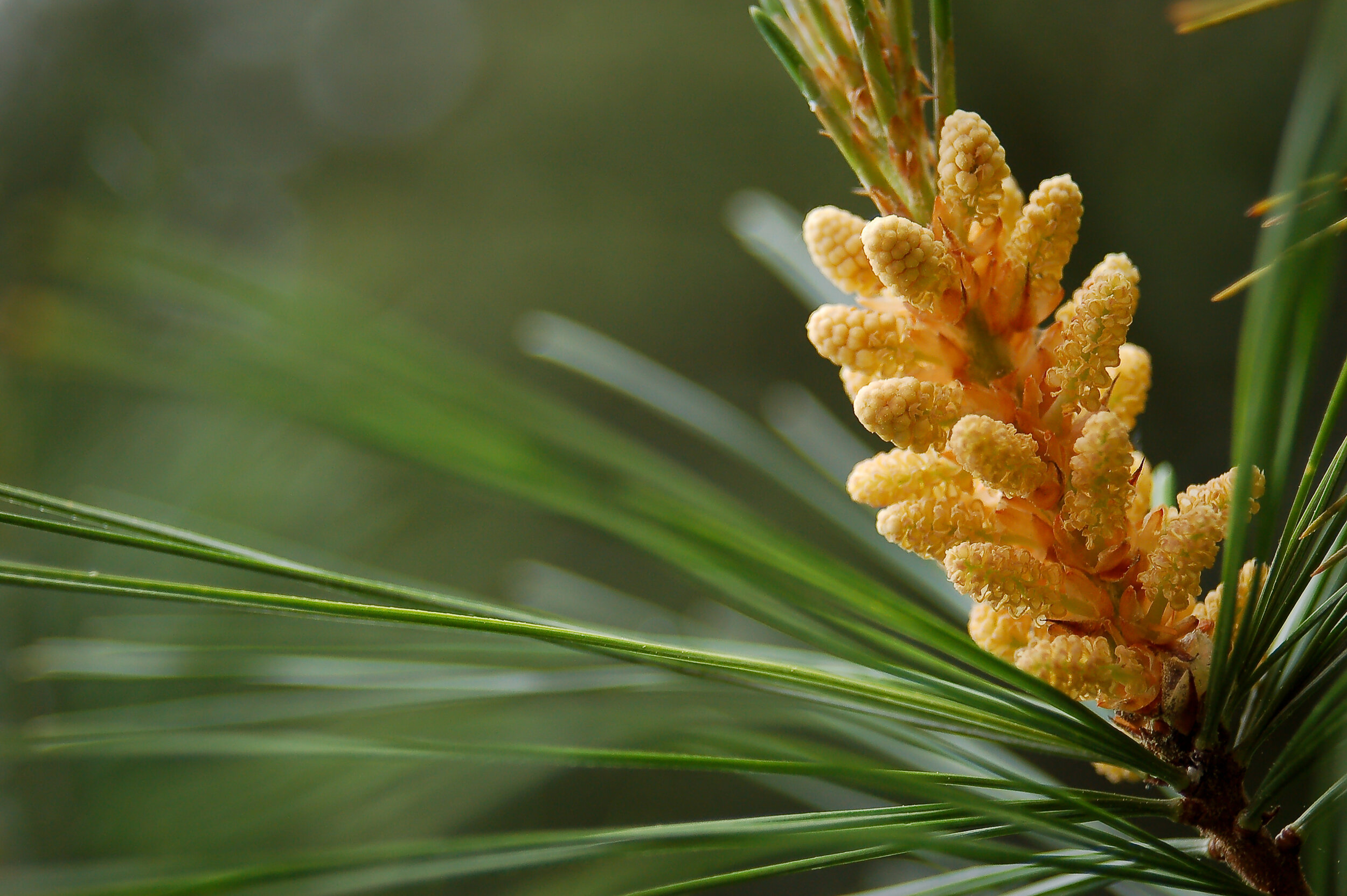









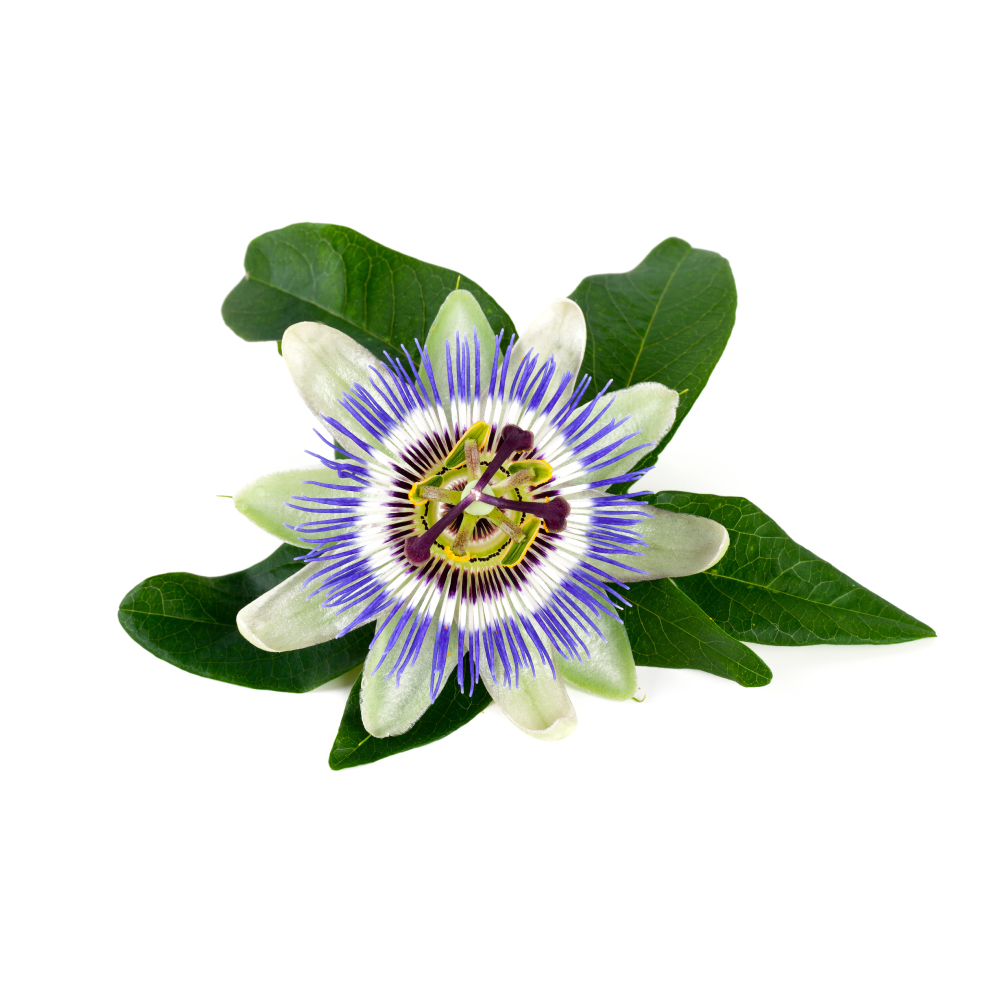
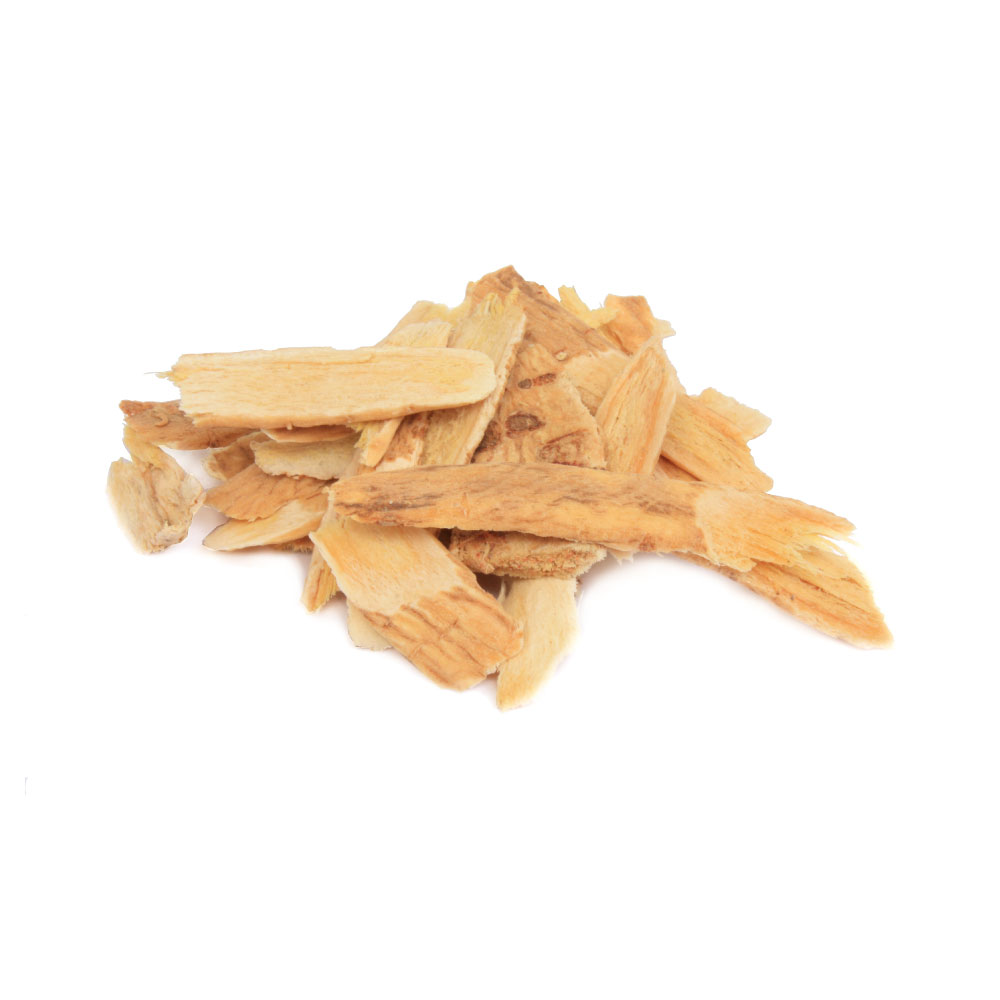





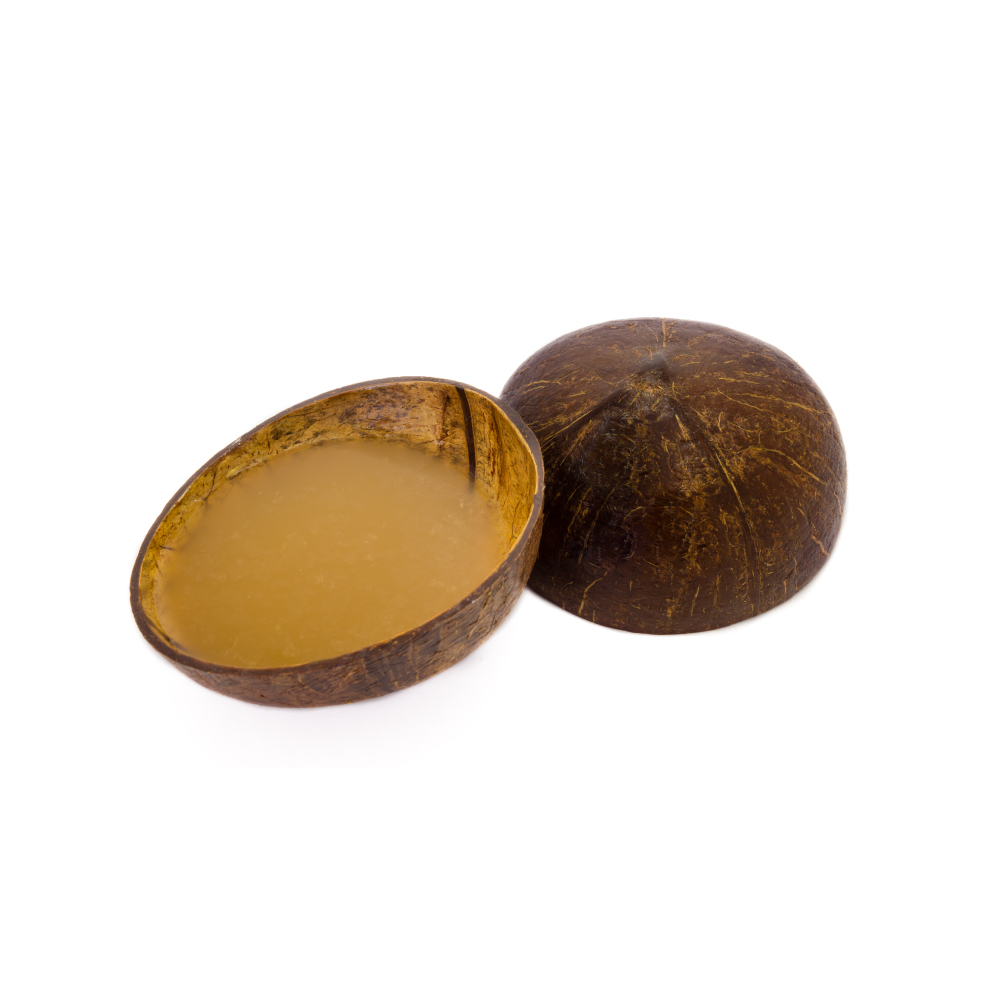

As COVID-19 continues to spread around the world, we’re getting a lot of questions on what the potential role of herbal medicine is during the outbreak. Learn how the virus works and how to limit your chances of transmission.